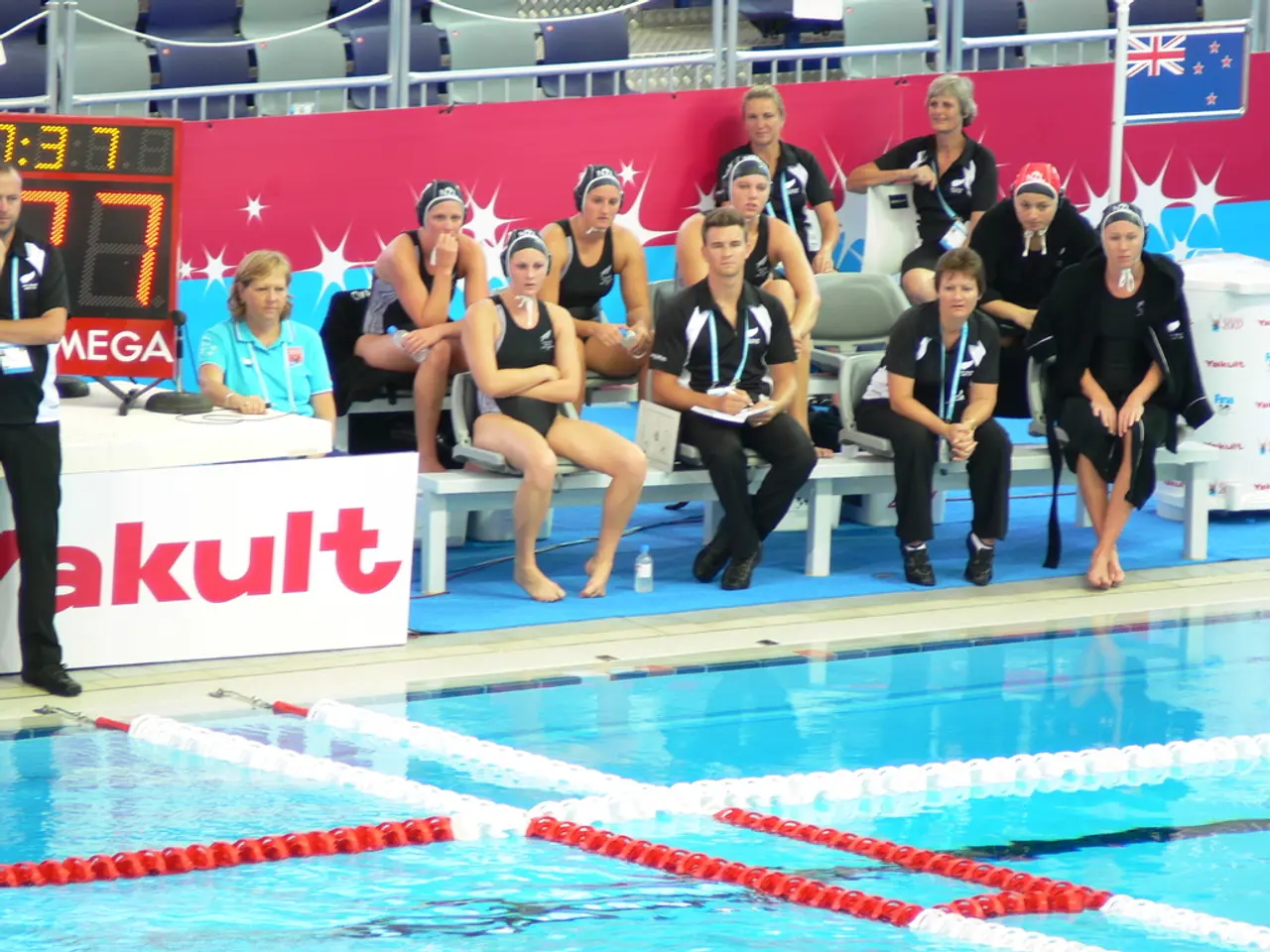Swimmers in Berlin urge authorities to lift the prohibition on bathing in the Spree River
The Spree River, which has been closed to bathers since 1925 due to severe pollution concerns, is now making a comeback as a recreational aquatic space for Berliners. After years of improvement in water quality and regular safety monitoring, local activist group Fluss Bad Berlin (River Pool Berlin) is leading the charge to reopen sections of the inner-city Spree for swimming.
Recent swim demonstrations have attracted hundreds of participants, including Alisan Yasar, a 28-year-old lawyer, who described her experience as "wonderful" but acknowledged that there are preconceptions against swimming in the Spree. Katrin Androschin, one of the organizers of the demonstration, insisted that making the Spree accessible to the public is not a luxury, but a necessity for the city's residents.
City officials are considering proposals to open a 1.8-kilometre, boat-free corridor near Museum Island, taking inspiration from Paris' reopening of the Seine River to swimmers. If approved, this would mark the first time since 1925 that Berliners could legally enjoy a swim in the Spree. The reopening is expected to occur by 2026, subject to the necessary infrastructure being put in place.
The ban on swimming in the Spree was initially imposed due to concerns over industrial pollution in the early 20th century. However, pollution is no longer a problem, with sewage discharge being the only occasional issue during heavy rainfall. Proponents of swimming in the Spree argue that technology exists to monitor water quality for safety, and that a central location for river swimming could help prevent people from getting sick due to heat-related issues caused by climate change.
The Paris Seine was cleaned for the Paris 2024 Olympics and three swimming zones were opened to the public last month for the first time since 1923. This development serves as a famous recent example of a city-centre river being made accessible to the public. Stretches of the Isar river in Munich have also been made safe for bathing after UV disinfection measures were introduced in the city's wastewater treatment plants.
Dilara, a 30-year-old marketing professional, had her first experience swimming in the Spree during the demonstration, despite living near the river and jogging past it frequently. The "swim demonstration" took place in Berlin, near the city's famous cathedral and TV tower, with swimmers wearing colorful bathing costumes and some using inflatable rafts.
The idea of reopening a section of the Spree has won the backing of some members of Berlin's city assembly, who recognise the potential benefits for the city's residents and the environment. As the city continues to grow and adapt to the challenges of climate change, the reopening of the Spree to bathers could mark a significant step towards a more sustainable and healthy urban lifestyle.
[1] Fluss Bad Berlin [2] Der Tagesspiegel [3] Berliner Morgenpost [4] Deutsche Welle
- The environmental-science community has been closely monitoring the ongoing efforts to reopen sections of the Spree River for swimming, viewing it as a positive step towards a more sustainable lifestyle in the face of climate change.
- As the Spree River's water quality continues to improve, technology can now effectively monitor the water for safety, making outdoor-living activities like swimming more accessible and safe for Berliners.
- The push for the Spree's reopening is not just about recreational swimming; it's also a significant step towards preserving and enhancing the city's home-and-garden spaces by promoting lifestyle choices that reduce our carbon footprint and contribute to climate-change mitigation.
- In light of the successful reopening of urban rivers for swimming in Paris and Munich, local environmental-science advocates urge the German government to support the Spree's reopening, as reported by news outlets such as Der Tagesspiegel, Berliner Morgenpost, and Deutsche Welle.




